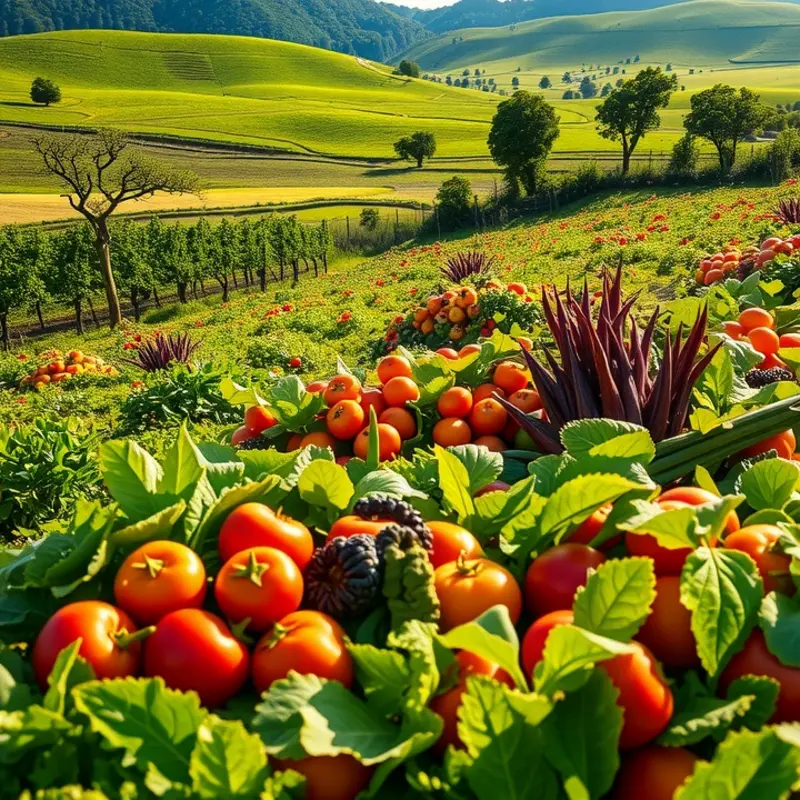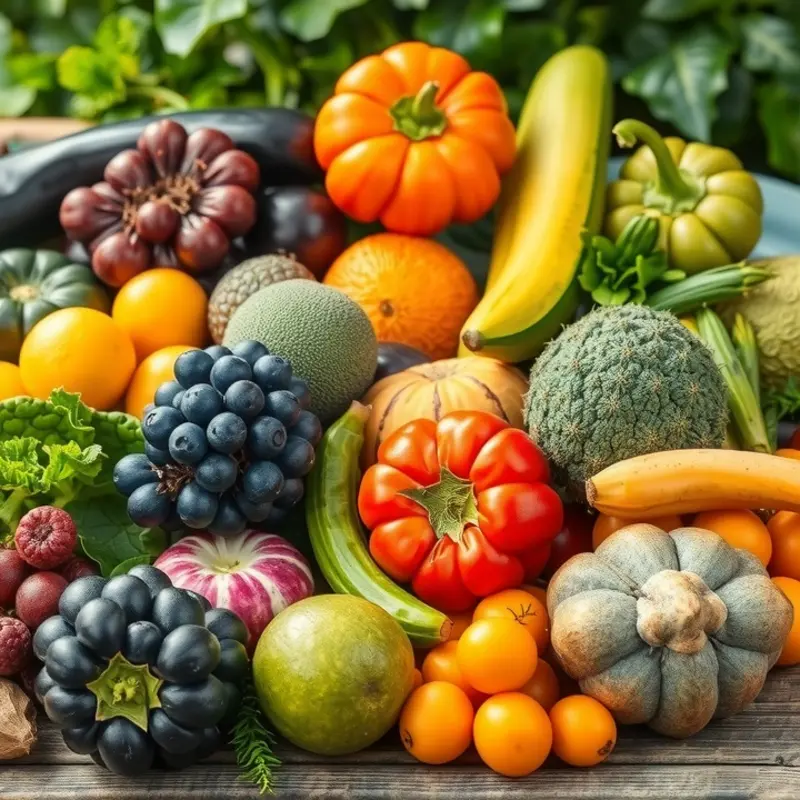Many home cooks and health-conscious individuals seek alternatives to cheddar cheese without sacrificing flavor or texture. Whether due to dietary restrictions, lactose intolerance, or simply a desire for variety, knowing how to replace cheddar cheese can elevate your culinary creations. This guide provides straightforward options and practical tips to seamlessly incorporate substitutes into your cooking.
Understanding the Need for Substitutes

Exploring alternatives to cheddar cheese often stems from a variety of reasons, ranging from dietary restrictions to flavor exploration. Recognizing these motivations is crucial for selecting the perfect substitute that maintains or enhances the integrity of a dish.
One primary reason for substituting cheddar is dietary needs. As more individuals adopt lactose-free or vegan diets, finding replacements that deliver a similar culinary experience becomes essential. Some may need to avoid dairy due to lactose intolerance or allergies, while others opt for plant-based lifestyles. Cheddar’s creamy and tangy profile can be represented in non-dairy alternatives, which often use nuts or soy as a base to mimic the taste and texture.
Health considerations also drive substitutions. Cheddar cheese, while delicious, can be high in saturated fats and sodium. For those managing cholesterol levels or aiming for heart-healthy diets, lower-fat or plant-based options provide a satisfying compromise without sacrificing culinary enjoyment. By selecting healthier alternatives, you can still indulge in your favorite dishes without ignoring nutritional goals.
Flavor preferences play a significant role too. While cheddar is beloved for its sharp and pungent flavor, it isn’t for everyone. Some prefer milder cheeses, while others seek more adventurous tastes. Through substitutions, cooks can customize dishes to suit varied palates, whether opting for the nuttiness of a Swiss alternative or the smoky depth of a substitute with paprika.
Cheddar’s popularity in cooking comes from a few distinct characteristics. Its ability to melt beautifully enhances the texture of baked dishes and sauces. Its pronounced flavor serves as a standout ingredient in many recipes, from casseroles to sandwiches. Adequate substitutes should replicate these features to ensure they perform well in various culinary applications. When choosing a replacement, focus on factors like meltability, texture, and intensity of flavor.
Appreciating the diverse world of cheese is about more than just finding a substitute for cheddar. It involves understanding the intricate flavors and textures that different cheeses offer, enriching the cooking process. To truly match substitutes with your recipes effectively, be open to experimenting and adapting. A mild cheese might complement a dish where cheddar’s boldness could overwhelm, while a robust alternative could elevate a simple recipe into a gourmet experience.
It’s also worth considering how substitutes contribute to sustainability efforts. As explored in “Eco-Smart Kitchen Storage“, choosing local or plant-based products can reduce environmental impact. By thoughtfully selecting ingredients, you contribute to not only personal health but also a healthier planet.
Ultimately, substituting cheddar is less about compromise and more about opportunity. It’s a chance to discover new flavors, embrace dietary needs, and make mindful choices in the kitchen. Through understanding and adaptation, every culinary journey can be enriched, leading to delightful, innovative creations.
Top Cheddar Cheese Alternatives

Substituting cheddar cheese doesn’t mean compromising on flavor or texture. There are myriad alternatives that cater to different dietary preferences without sacrificing culinary delight. Here, we’ll explore various options from vegan-friendly to low-fat substitutes, each with unique applications in your cooking arsenal.
Nutritional Yeast
For those seeking a cheesy flavor sans dairy, nutritional yeast is a go-to. It’s rich in vitamins, especially B12, and offers a savory, umami flavor ideal for many dishes. Sprinkle it over popcorn, pasta, or salads to mimic the nutty taste of cheddar. Its powdery texture dissolves easily, making it a perfect addition to sauces and soups.
Cashew Cheese
Cashew cheese is celebrated for its creamy texture and mild taste. It’s a vegan alternative boasting healthy fats and protein. To achieve a smooth consistency, blend cashews with lemon juice, garlic, and a dash of nutritional yeast. Use cashew cheese as a pasta sauce or dip. It’s also excellent spread on crackers or mixed into mashed potatoes for a creamy twist.
Almond-based Cheese
Almond-based cheese is a nutty alternative offering a sturdy texture suitable for slicing or grating. It’s a low-carbohydrate option, ideal for keto dieters. Use it in place of shredded cheddar on top of tacos or baked dishes. Almond cheese enhances the flavor profile with its slightly earthy undertones.
Soy Cheese
For those who can tolerate soy, this cheese alternative replicates cheddar closely in both texture and taste. Soy cheese is also protein-rich, supporting muscle health. Use soy cheese in sandwiches or as a pizza topping, but be mindful of heating as it can become less smooth than dairy cheese.
Coconut-based Cheese
Coconut-based cheese offers a unique profile combining a mild, creamy texture with a slight sweetness. It’s usually fortified with calcium, benefiting bone health. It melts well, making it perfect for grilled cheese sandwiches or mixed into casseroles. Pair with herbs and spices to offset any residual coconut flavor.
Low-fat Cheese Options
For reduced calorie intake, opt for low-fat cheeses. They offer a lighter texture that retains the tanginess of cheddar. Use low-fat cheese in omelets, baked potatoes, or salads. It pairs well with bold ingredients like sun-dried tomatoes or olives for an elevated taste experience.
Integrating these alternatives into your diet can align with various dietary needs while maintaining deliciousness within your meals. For more ideas on incorporating such ingredients into simple meals, refer to minimal prep dinner ideas.
Final words
Replacing cheddar cheese doesn’t mean compromising on flavor or nutrition. With a variety of substitutes available, you can find the perfect match for your recipes, whether you’re aiming to accommodate dietary needs or simply explore new flavors. By understanding the characteristics of your chosen alternative, you can maintain the integrity of your dishes while promoting health. Embrace the journey of culinary creativity as you experiment with these versatile options, enriching your cooking experience and delighting your palate.







